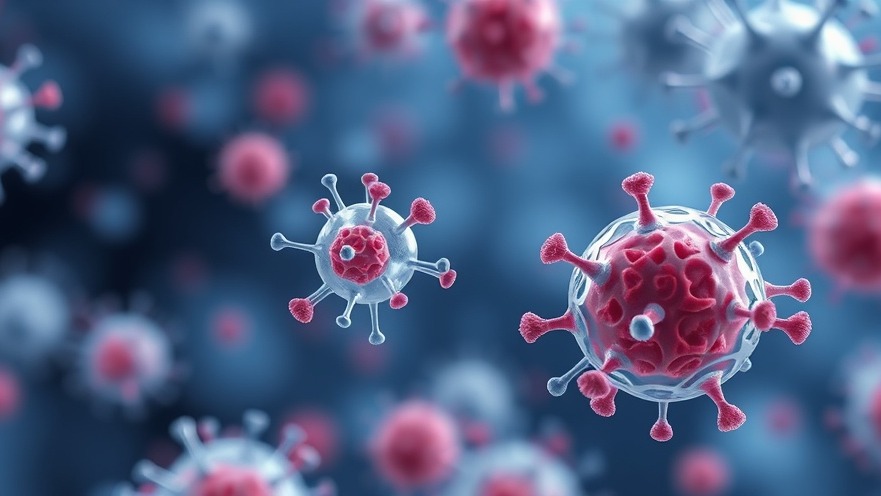
Revolutionizing Tissue Engineering with a 'Magic Carpet'
In a groundbreaking study led by Yale University, researchers have unveiled a novel way to guide cells into forming complex structures in a 3D space, mimicking the natural process of morphogenesis. This advancement marks a significant leap in tissue engineering, providing new avenues for innovative approaches in regenerative medicine and beyond.
The Challenge of 3D Cell Arrangement
During development, cells organize themselves to create tissues and organs in living organisms, a process known as morphogenesis. Recreating this intricate assembly in laboratory settings is challenging, primarily because traditional culturing methods like petri dishes lack structured guidance for cells. Lead researcher Prof. Yimin Luo explains: "It's difficult to reproduce these structures in a petri dish because the environment offers no order. You can’t control how cells align collectively," reflecting the complexities involved in mimicking nature's delicate designs.
Introducing the 'Magic Carpet'
The innovative approach taken by Luo and her team involves creating what they call a "magic carpet." This self-organizing cell-laden environment utilizes liquid crystal-templated hydrogel fibers combined with biodegradable collagen. Through a custom-built photopatterning system, researchers can create specific patterns that guide cell assembly, successfully managing the challenge of 3D cell movements without constraining them. This dual-functionality allows for more natural cell alignment and growth, emulating the structured yet flexible environments found in living organisms.
The Implications of 3D Cell Structures
The potential applications of the magic carpet are vast. From tissue regeneration techniques that could improve healing and recovery to creating detailed disease models that help in understanding various health conditions, the possibilities extend well into the future of biotechnology. Furthermore, the advancements in this research could lead to improved wound dressings and hygiene products by utilizing tissues engineered to fit specific medical needs.
Why This Matters to Us
Understanding and manipulating how cells form structures is vital not only for advancements in medicine but also for sustainable living. As we face growing health challenges globally, innovative technologies like these pave the way for solutions that can impact our everyday lives. Enhancing our healthcare systems through tissue engineering could lead to less reliance on donor organs and improved treatments for numerous ailments, ultimately fostering better health outcomes for all.
In conclusion, the development of this magic carpet technology illustrates the intersection of biology and technology in the modern era. As researchers continue to explore these innovative techniques, the future of healthcare and regenerative medicine looks promising, possibly transforming how we approach health and wellness.
Embrace the knowledge that science is continuously advancing, giving us the tools to create a healthier future. Stay informed and engaged with the latest breakthroughs in biotechnology and their potential impacts on everyday living.
 Add Row
Add Row  Add
Add 




Write A Comment